Window shopping: the RIBA unveils its 2016 Regent Street project
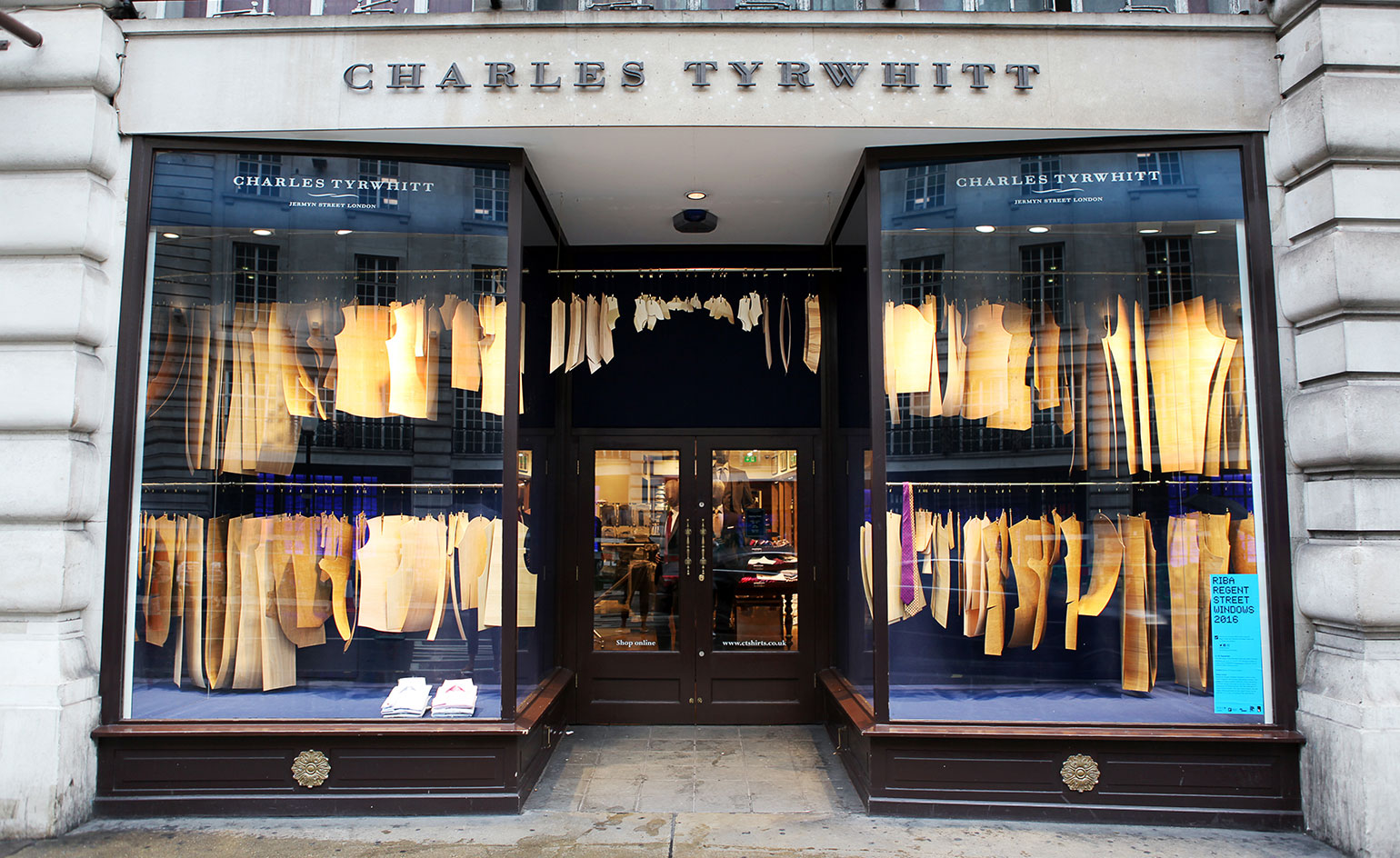
Amid Regent Street’s hustle and bustle, there’s not always much time to stop and take in the lavishly designed displays – but the RIBA Regent Street Windows project is back for its seventh year to give us pause.
For the first time, the project ventures further than just Regent Street, but includes Liberty as well as RIBA’s own Portland Place headquarters, turning the area in and around the shopping street into a public architecture exhibition that will be seen by more than one million people.
Architecture Social Club took a theatrical approach to Liberty’s history and heritage by creating a series of scenes for five of the department store’s windows, casting its founder Arthur Lasenby Liberty as the protagonist in a heroic fashion tale. The installation is a deft and detailed narrative exploit complete with mechanical movement and juxtaposed prints.
Many of these elements are hand-made, which is also true for the Kiehl’s window, a Piercy & Company x Electrolight collaboration. Inspired by the skincare brand’s newest quinoa husk-based range, a manually casted porcelain object depicts this active ingredient in the left window. The right window shows us the manufacturing remnants of the creation process alongside bell jars and Erlenmeyer flasks filled with seeds – alluding to Kiehl’s apothecary philosophy, in which provenance and botanicals are central.
Bureau de Change’s Charles Tyrwhitt window, displaying shirt patterns made of different British timbers, and the fragile Molton Brown installation made of metal roses and packaging bottles also celebrated craftsmanship, which made the Armani Exchange window all the more surprising.
Simply placing a yellow-hued screen behind the mannequins, Matheson Whiteley paid homage to the Southern Californian artists of the Light and Space movement. Considerable in scale yet discreet, it illustrates the fluid and versatile nature of contemporary architecture.
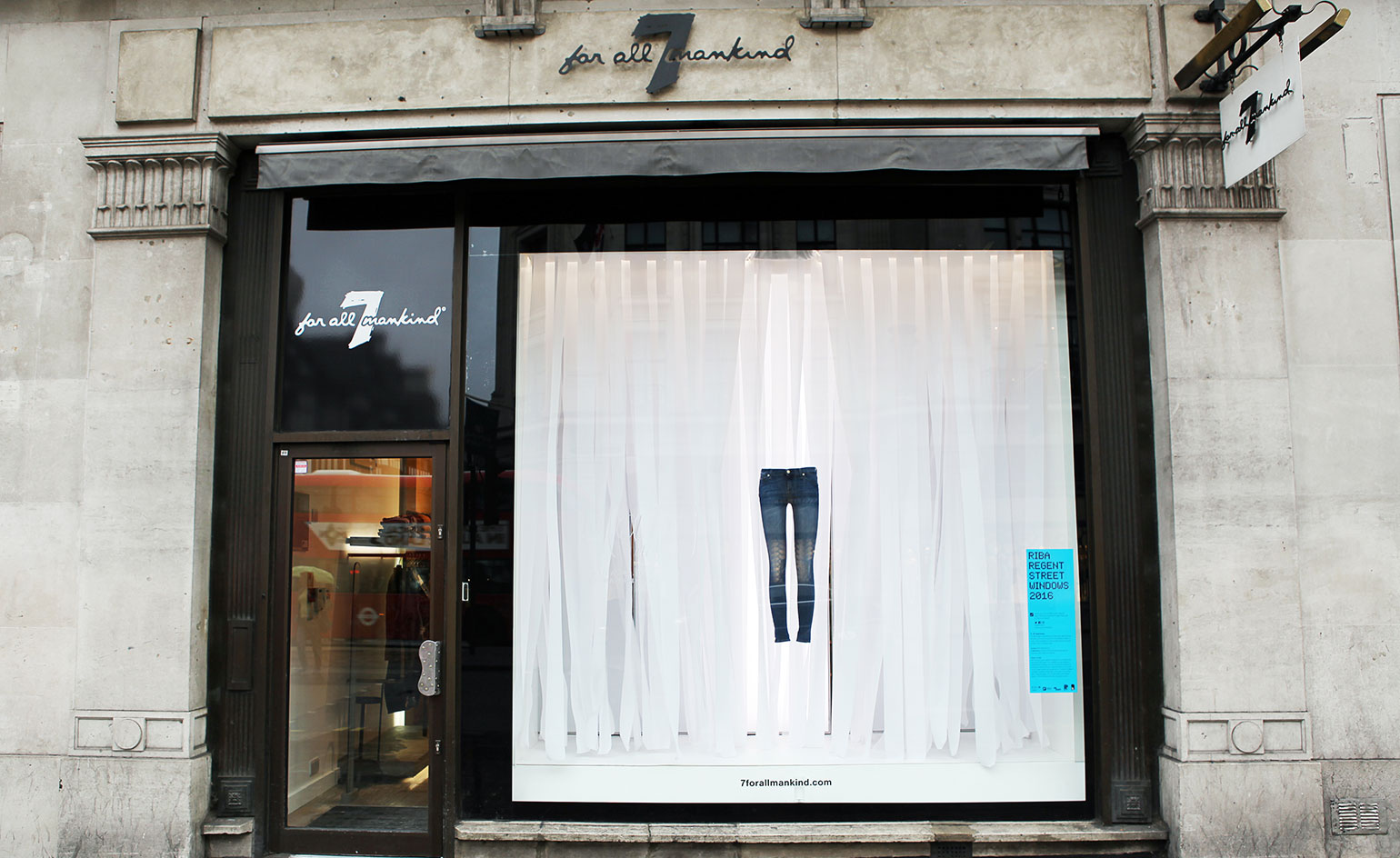
For the first time, the project ventures further than just Regent Street, turning the area in and around the shopping street into a public architecture exhibition that will be seen by more than one million people. Pictured: 7 For All Mankind's window by KSR Architects

Matheson Whiteley worked on the store front for Armani Exchange
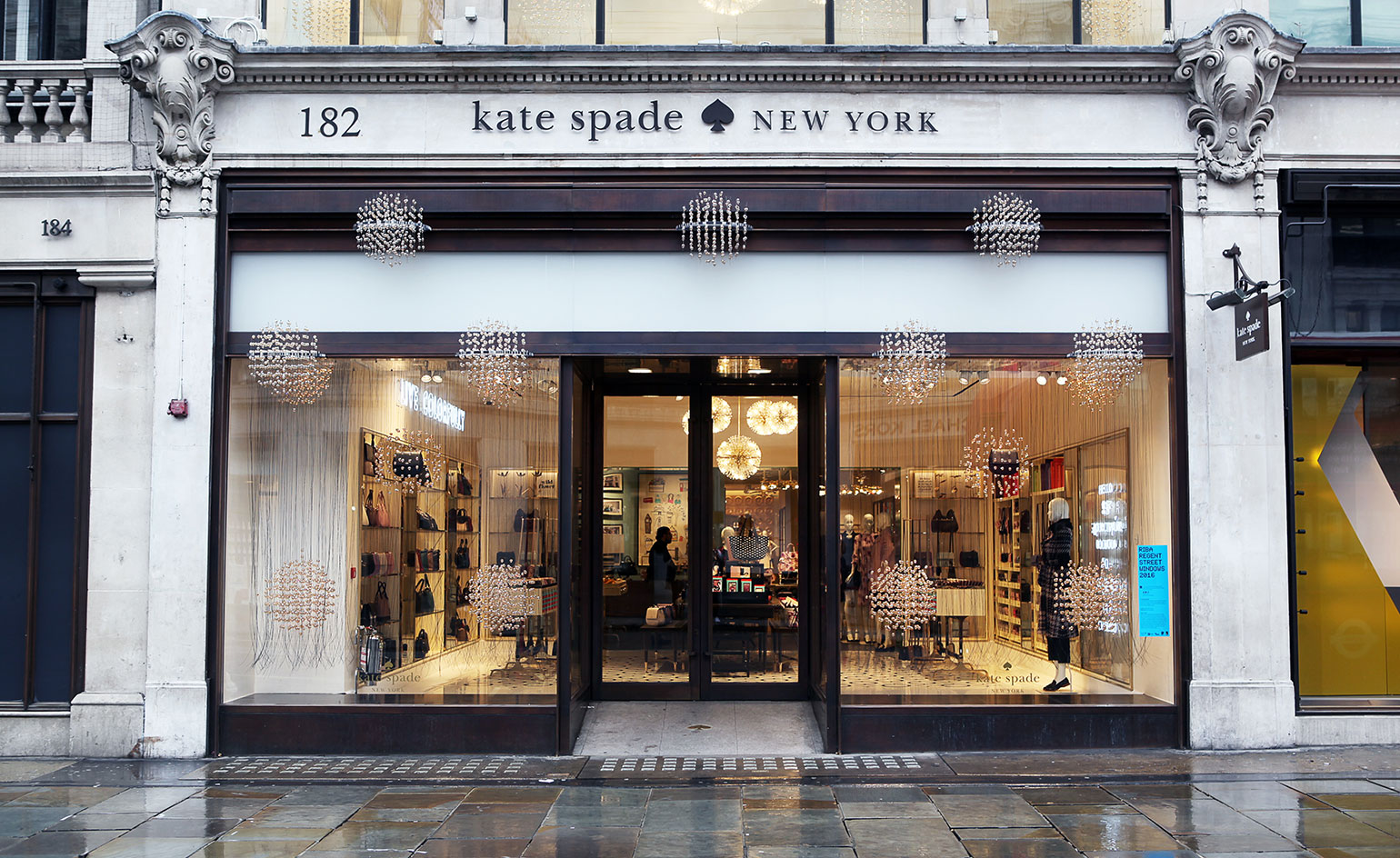
Kate Spade New York worked with Design Haus Liberty
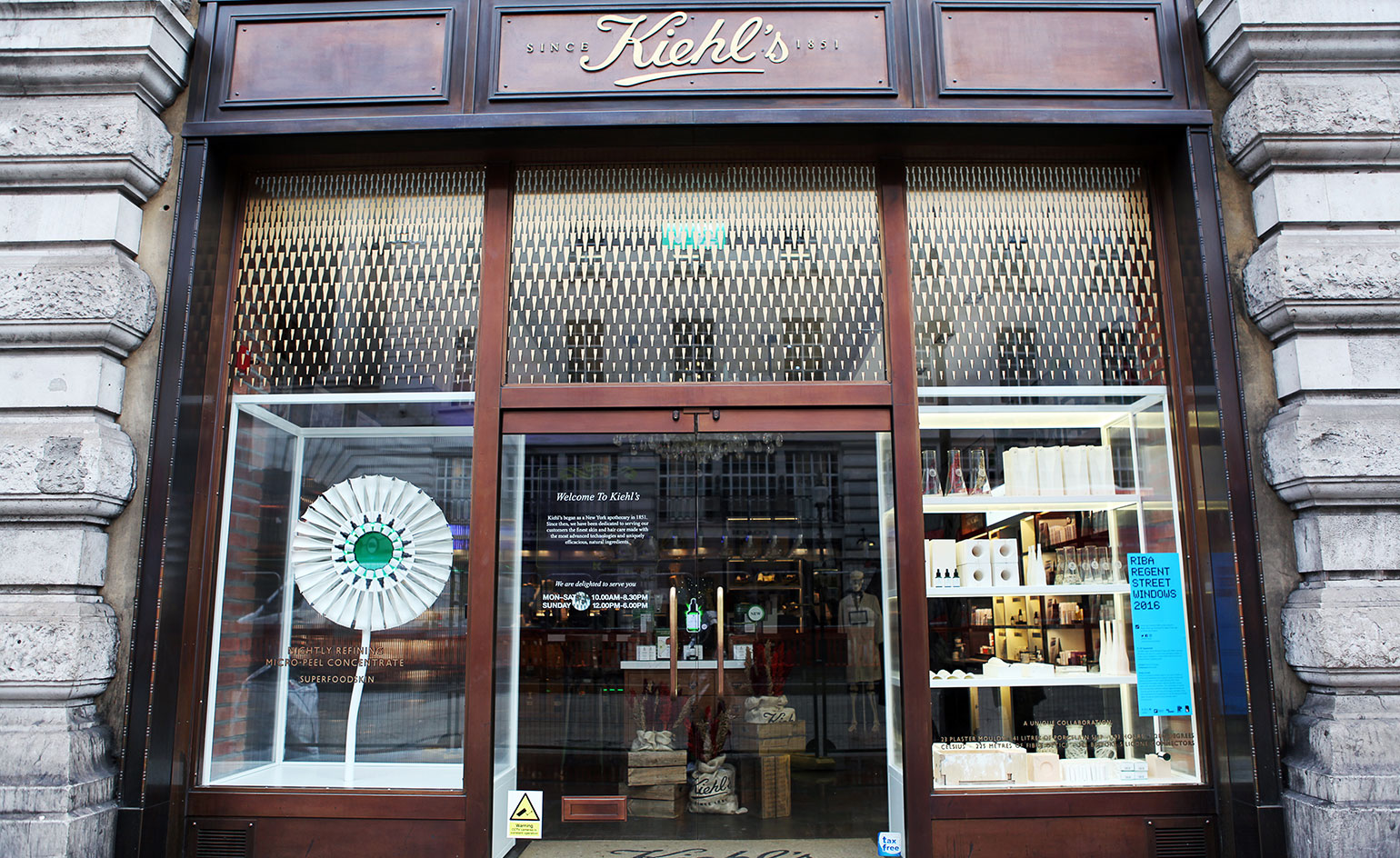
Architecture Social Club took a theatrical approach to Liberty’s history and heritage
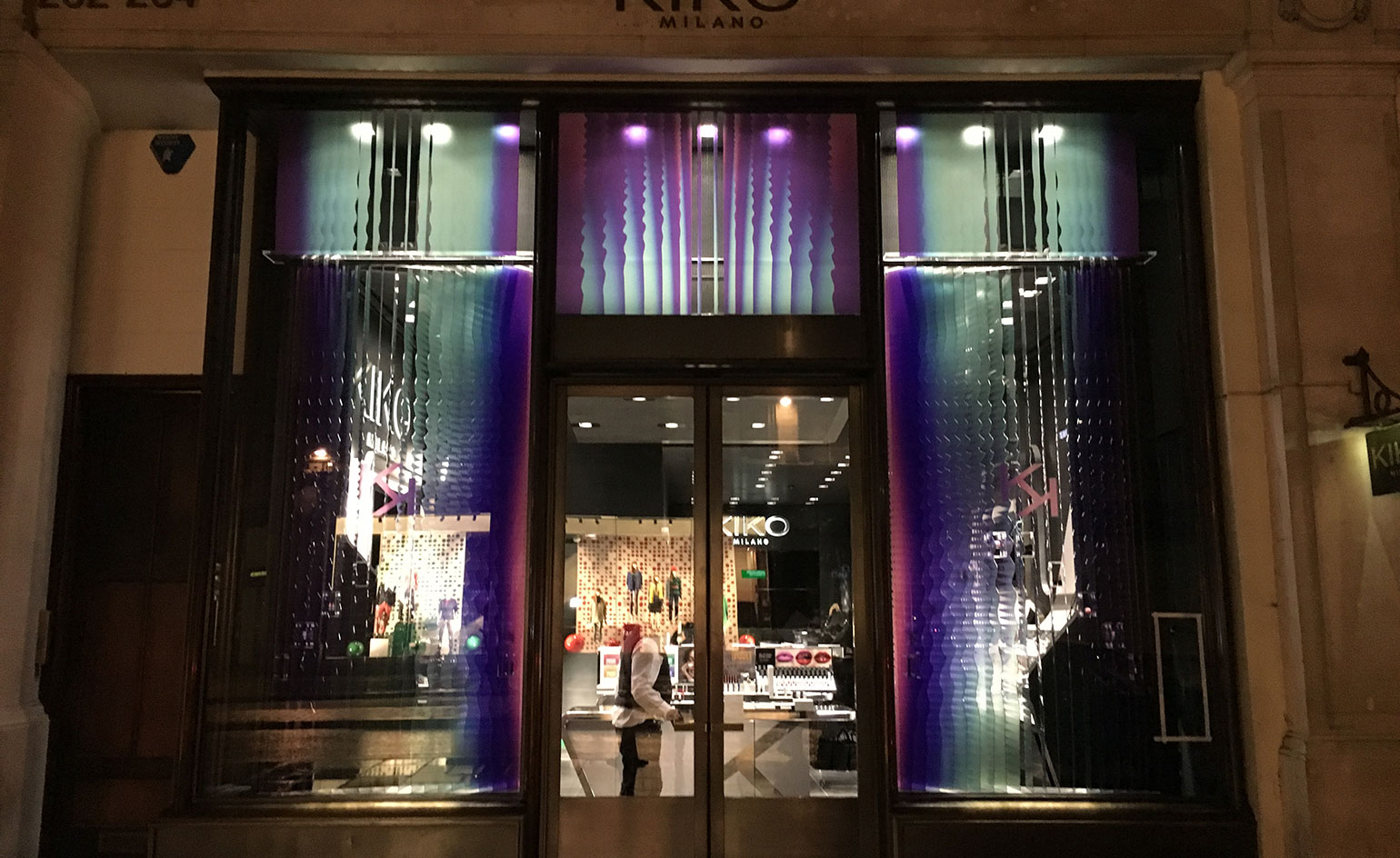
Kiko Milano's shopfront is the brainchild of Aleksa Studio
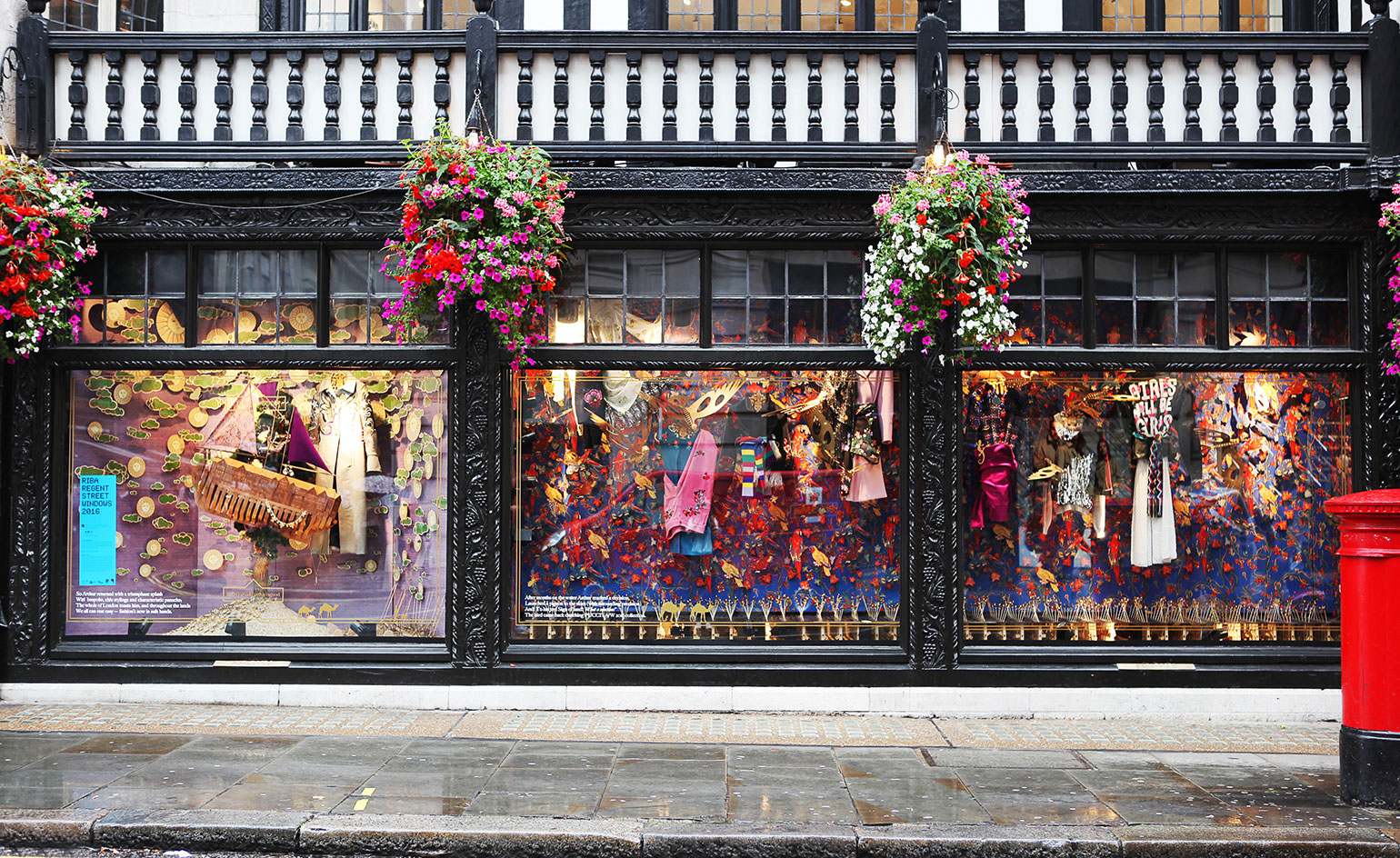
Architecture Social Club took a theatrical approach to Liberty’s history and heritage
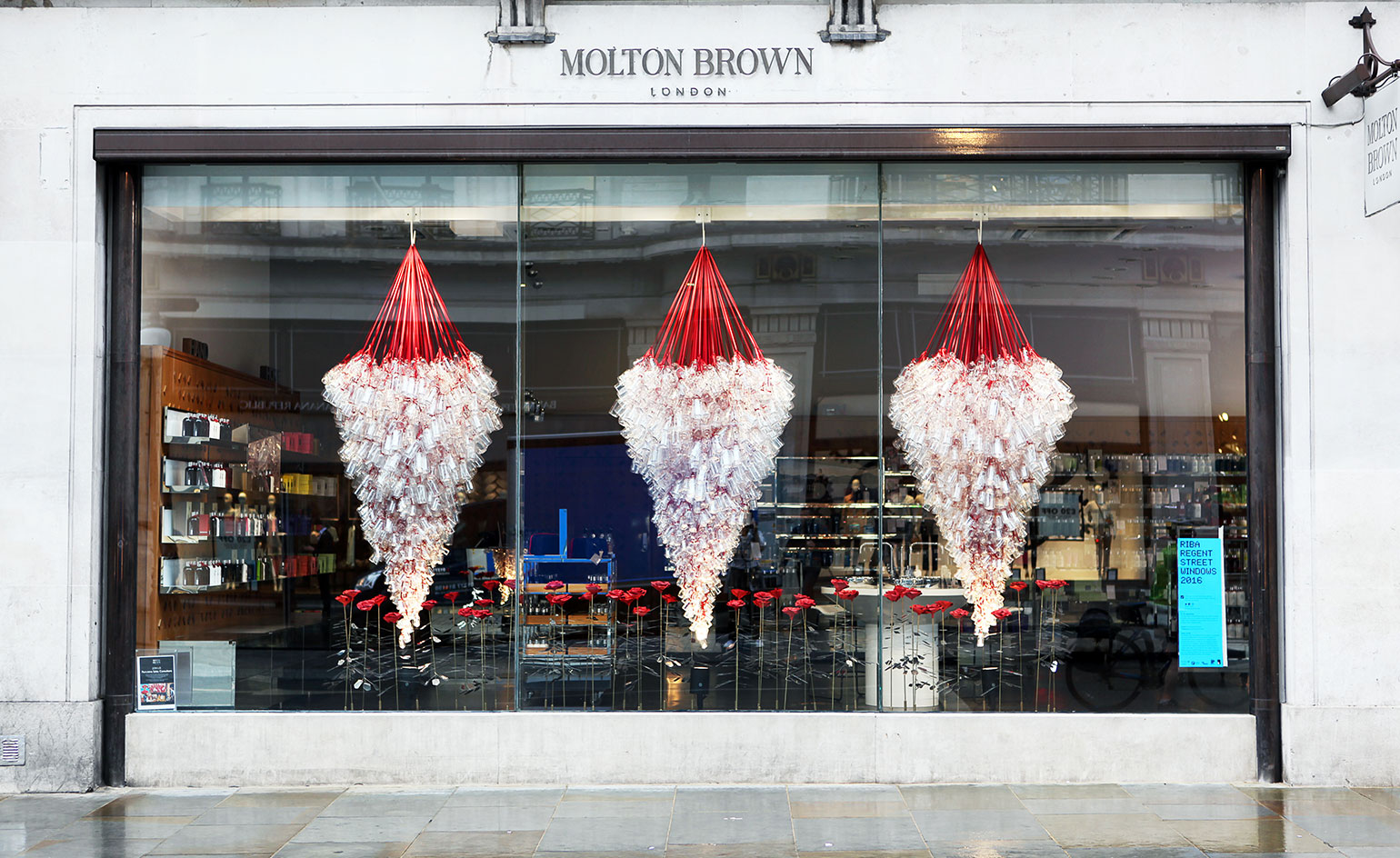
The fragile Molton Brown installation made of metal roses and packaging bottles is by Knox Bhavan and Susie MacMurray
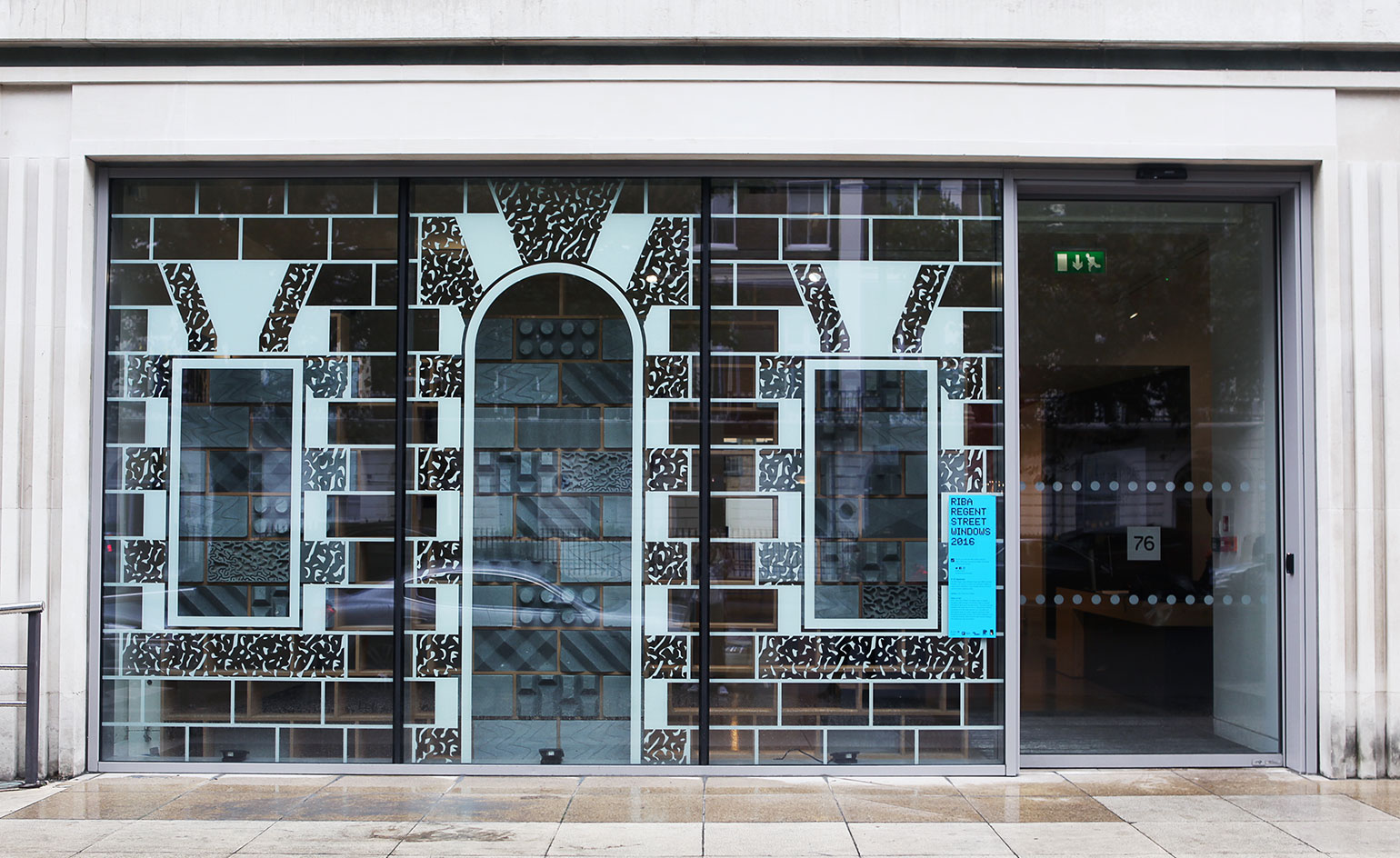
RIBA’s own headquarters on Portland Place are also part of the project, with a window by CAN and Nina Shen-Poblete
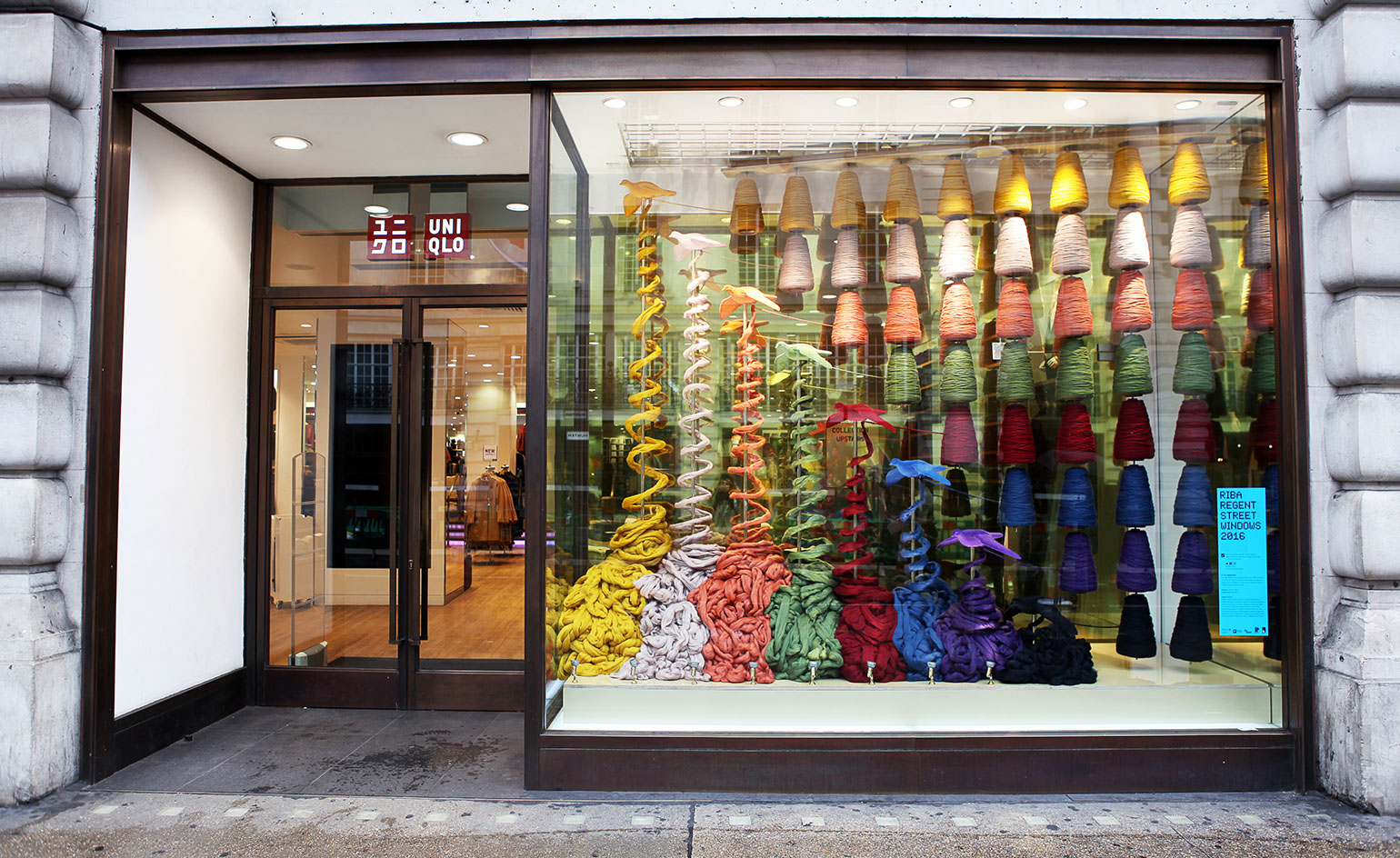
Meanwhile, Uniqlo is transformed thanks to Projects Office
INFORMATION
The RIBA Regent Street Windows 2016 will be on show until 25 September. For more information, visit the RIBA website
Photography courtesy RIBA
Receive our daily digest of inspiration, escapism and design stories from around the world direct to your inbox.
Siska Lyssens has contributed to Wallpaper* since 2014, covering design in all its forms – from interiors to architecture and fashion. Now living in the U.S. after spending almost a decade in London, the Belgian journalist puts her creative branding cap on for various clients when not contributing to Wallpaper* or T Magazine.
-
 Let’s hear it for the Chopard L.U.C Grand Strike chiming watch
Let’s hear it for the Chopard L.U.C Grand Strike chiming watchThe Swiss watchmaker’s most complicated timepiece to date features an innovative approach to producing a crystal-clear sound
-
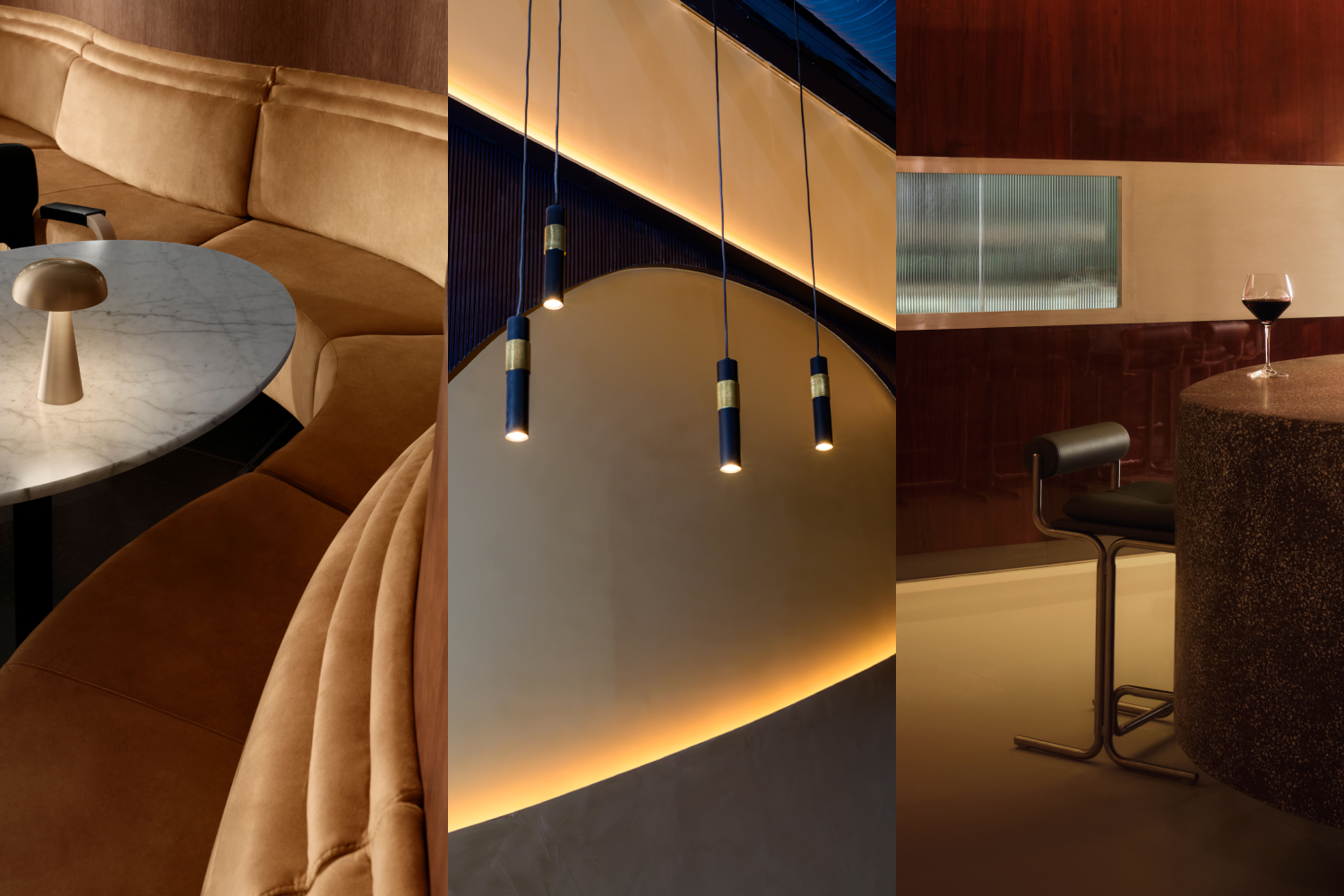 Form... and flavour? The best design-led restaurant debuts of 2025
Form... and flavour? The best design-led restaurant debuts of 2025A Wallpaper* edit of the restaurant interiors that shaped how we ate, gathered and lingered this year
-
 The rising style stars of 2026: Zane Li, fashion’s new minimalist
The rising style stars of 2026: Zane Li, fashion’s new minimalistAs part of the January 2026 Next Generation issue of Wallpaper*, we meet fashion’s next generation. First up, Zane Li, whose New York-based label LII is marrying minimalism with architectural construction and a vivid use of colour
-
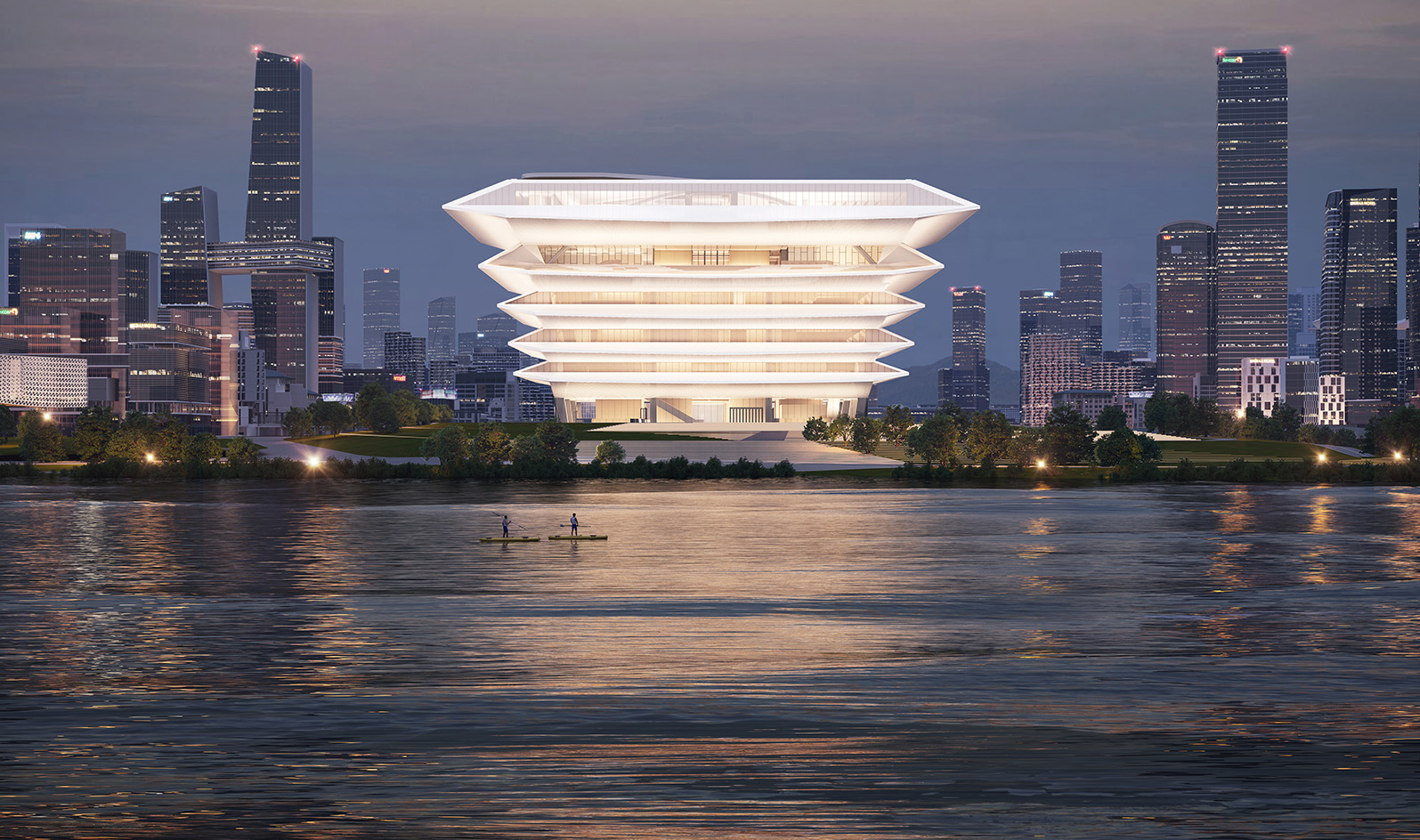 The RIBA Asia Pacific Awards reward impactful, mindful architecture – here are the winners
The RIBA Asia Pacific Awards reward impactful, mindful architecture – here are the winnersThe 2025 RIBA Asia Pacific Awards mark the accolade’s first year – and span from sustainable mixed-use towers to masterplanning and housing
-
 Arbour House is a north London home that lies low but punches high
Arbour House is a north London home that lies low but punches highArbour House by Andrei Saltykov is a low-lying Crouch End home with a striking roof structure that sets it apart
-
 A former agricultural building is transformed into a minimal rural home by Bindloss Dawes
A former agricultural building is transformed into a minimal rural home by Bindloss DawesZero-carbon design meets adaptive re-use in the Tractor Shed, a stripped-back house in a country village by Somerset architects Bindloss Dawes
-
 RIBA House of the Year 2025 is a ‘rare mixture of sensitivity and boldness’
RIBA House of the Year 2025 is a ‘rare mixture of sensitivity and boldness’Topping the list of seven shortlisted homes, Izat Arundell’s Hebridean self-build – named Caochan na Creige – is announced as the RIBA House of the Year 2025
-
 In addition to brutalist buildings, Alison Smithson designed some of the most creative Christmas cards we've seen
In addition to brutalist buildings, Alison Smithson designed some of the most creative Christmas cards we've seenThe architect’s collection of season’s greetings is on show at the Roca London Gallery, just in time for the holidays
-
 In South Wales, a remote coastal farmhouse flaunts its modern revamp, primed for hosting
In South Wales, a remote coastal farmhouse flaunts its modern revamp, primed for hostingA farmhouse perched on the Gower Peninsula, Delfyd Farm reveals its ground-floor refresh by architecture studio Rural Office, which created a cosy home with breathtaking views
-
 A revived public space in Aberdeen is named Scotland’s building of the year
A revived public space in Aberdeen is named Scotland’s building of the yearAberdeen's Union Terrace Gardens by Stallan-Brand Architecture + Design and LDA Design wins the 2025 Andrew Doolan Best Building in Scotland Award
-
 The Architecture Edit: Wallpaper’s houses of the month
The Architecture Edit: Wallpaper’s houses of the monthFrom wineries-turned-music studios to fire-resistant holiday homes, these are the properties that have most impressed the Wallpaper* editors this month